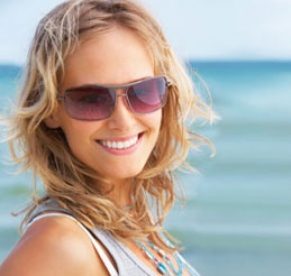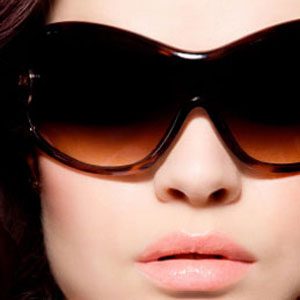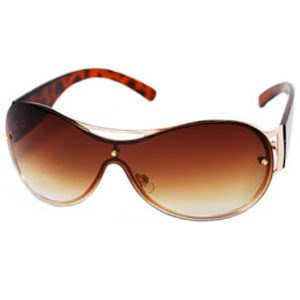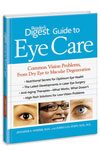
Find out how to spot the ideal pair of shades this summer.

UV Protection
Look for stickers that show the type and amount of UV protection provided, since rays are known to speed cataract formation and may play a role in the development of macular degeneration. According to Health Canada, when you’re driving or in sunlight bright enough to make you squint, you should wear glasses that block at least 60 percent of UVA rays and 95 percent of UVB rays.

Size
Make sure frames cover the eye area right up to the brow. “The skin of the eyelids is very susceptible to UV damage and can develop the same skin cancers found elsewhere on the face and body,” says Dr. Joan Hansen, an optometrist in Tsawwassen, B.C.

Colour
Lens colour doesn’t really matter when it comes to UV protection, but it might make a difference to how you see the world. Grey and brown lenses distort colours the least, while yellow ones increase contrast and work well in hazy conditions.

Price
UV protection doesn’t differ that much among UV-labelled lenses. To maximize comfort, however, you might want to spend a little more to get glasses that have thicker, impact-resistant “optical quality” lenses. “Many low-priced lenses are thin and warp easily,” explains Hansen, “making them uncomfortable to look through for long periods of time.”

Want more information?
Find out everything you need to know about caring for your eyes in The Reader’s Digest Guide to Eye Care. Buy it now at the readersdigest.ca online store.